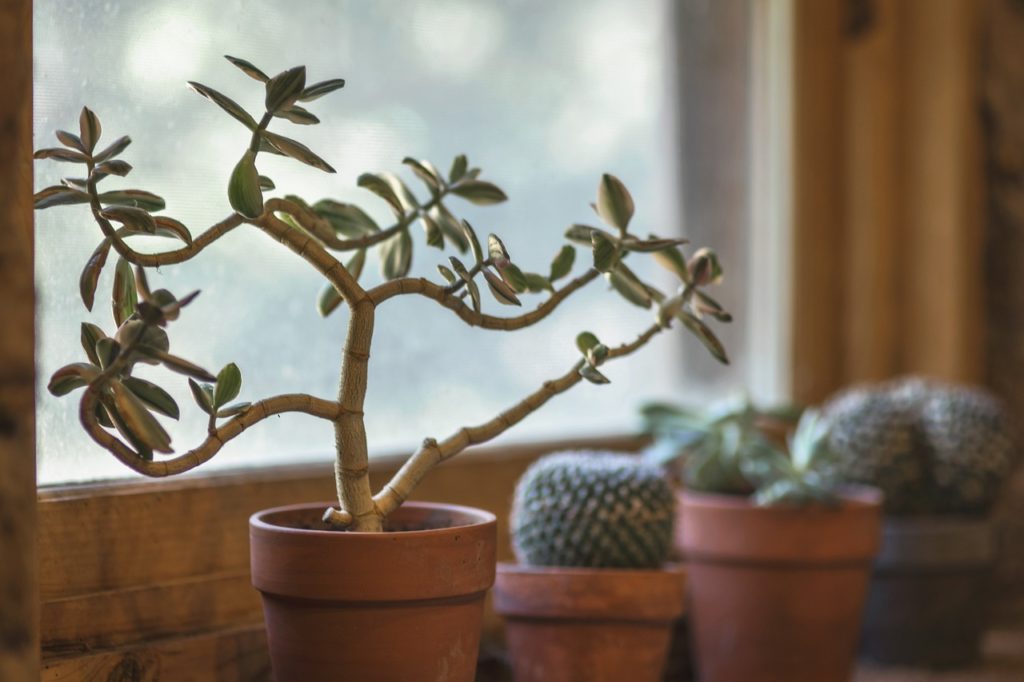Outdoor plants suffer the most damage during the hottest parts of summer and the coldest parts of winter. It is a little discouraging when the alocasia that you’ve fallen in love with goes sick since we anticipate that our houseplants will be protected from the harsh elements that Mother Nature can dish out.
There are a few prevalent factors that might lead to issues with indoor plants. Some are the result of bad care, while others, such as vermin, are completely out of your control. Let’s take a look at some of the most frequent factors that might cause stress to houseplants, as well as some strategies for rescuing houseplants and ensuring that they continue to shine brightly.
Improper watering
Those who are inexperienced in the art of plant cultivation have the propensity to over-nurture their plants, in particular by over-watering them. If the plant’s leaves are starting to wilt, you should investigate the soil. If it’s dry, give it some water. If it is damp, you are either watering it too much or the soil does not drain well enough.
Other signs of too much water include:
- Leaves that seem soft
- Inner and lower leaves turning yellow
- Foliage appears scorched (an advanced symptom)
- Leaf drop (another advanced symptom)
Symptoms of the plant not receiving enough water are similar but also include:
- New growth may be smaller than normal
- Wilted foliage
- Folded or misshapen foliage
- Dull, grey-green foliage
- Leaves that appear brittle
There is a fine line between giving a houseplant too much and not enough water and how often to water depends on the environment inside the home.
To determine when to water, stick your finger about an inch deep into the soil. If it is absolutely bone dry, it may be time to water the plant. Take it to the sink and slowly pour water over the soil and keep pouring it until the pot feels heavy and water drains from the bottom of it.

Always allow your houseplants to drain completely before putting the pot back on the bottom tray (if you use one).
When you think it’s finished draining, tilt it at an angle. The chances are good that more water will drip out. This is known as “perched water” and you need to let it drain to keep the roots healthy.
Different plants require different light levels
The majority of plants that are kept in homes originate in warmer climates. There, they are most likely to be found thriving in the understory of the rainforest, which receives sunlight that is filtered through the leaves of the big trees.
However, there are houseplants that do better with more light while some do better with less. Placing your plant in a room of your house and paying attention to how it does there for a week or two is the simplest method to figure out what it requires to thrive.
If it looks like it’s doing well there, don’t move it. If not, relocate it to a spot where it will be exposed to either a lower or higher light level (but not direct sunlight). Keep moving it around, and eventually, you’ll find exactly where it should be placed.
Symptoms of insufficient light include:
- Leaves that curl upward
- New growth that remains small
- The plant is reaching toward the source of light
- Falling leaves
Symptoms of too much light include:
- Scorched leaves
- Leaves that appear to have been bleached
- Limpness
With summer here, it’s only natural that our outdoor plants will become the center of attention. Keep an eye on your houseplants, though, for signs of environmental stress. Check out our houseplant rescue tips now!

